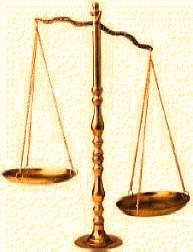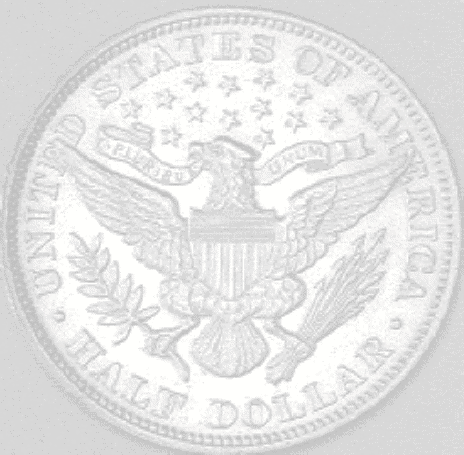
|
|
||
|
|
|
|
|
|
||

-21-
FOR BETTER OR WORSE:
Adam Smith and David Ricardo
In 1776, Adam Smith wrote in his Wealth Of Nations (I.5) that in an economy of bimetallism, one metal --the one most largely used, could be safely debased and reduced to the value of a mere token (White, 33). David Ricardo declared that however debased the coinage of a nation becomes, it will continue to circulate for the intrinsic bullion value it ought to have provided the quantity be not excessive (White, 36). This is fraud.
Peter Stuyvesant and The Dutch West India Company
In 1656, Peter Stuyvesant requested the Dutch West India Company to "devaluate" beaver pelts from 8 florins to 6 florins, and to raise the valuation of wampum from 6 to 8 for a stiver. The Company wrote the Director of New Netherlands, "We have, after due consideration, come to the conclusion, that depreciation of the currency means destruction of the commerce and consequently the ruin of the country. To prevent this, we decided to make no sudden change, but proceed gradually . . ." (White, 18). The fact that devaluation of coinage can be done imperceptibly, and will cause less pains if done gradually is irrelevant. Fraud is not the less immoral because it is "painless.”
By the Act of January 18, 1837, Congress changed the standard of fineness for both gold and silver coins to 900. The new mint ratio was thus fixed at 1 to 15.988+ (“Coins and Currency”, 1). The standard weight of a silver "dollar" was reduced from 416 grains to 412.5 grains (White, 41). Under the new law, 100 "dollars" in silver could be exchanged for 102.25 "dollars" in gold. According to the Congressional Globe, it was decided in committee the gold "dollar” "should be declared the money unit or metallic representative of the 'dollar of account'" (2305).
The Panic Of 1837
This was the era of "wildcat" banking, and "fractional notes of banks and commercial establishments completely eclipsed the circulation of metallic currency" (Yeoman, 9). Following the Proclamation of Queen Anne in 1704, the colonies had been plagued by inflation in the forms of paper "money" known as "bills of credit” (White, 20). Now worthless bills of sundry appearances, each intrinsically "just a piece of paper," coupled with the prostitution of the coinage, resulted in what historians call the "Panic of 1837." The word aptly described the affect it had upon society, but a softer word was adopted in 1929 to cushion the affect upon Americans: that was labeled a "depression." In more recent years, Americans have discovered what a "recession" is. All such plagues are the result of paper "money" and the tampering with the standard of value. This must be the result --it cannot be otherwise.
Further Devaluation
On February 21,
1853, Congress passed a bill authorizing a new coinage that contained 7
percent less silver. Even though the coinage was worth considerably
less, it was nevertheless placed into circulation and passed at its
purported value. Arrows placed at the date or rays placed on the reverse
of certain coins during these years denoted the reduced content (Yeoman,
10). The reason for the reduction was said to be the great outpouring of
gold from California and Australia "which caused the value of silver to
rise until the value of a silver dollar was 1.04 dollars in gold"
(White, 34). The reason for the instability of the banking industry was
the "watering down" of the coinage, and the fiction known as "paper
money", and the blame for the country's economic woes lay at the
doorstep of Congress.
